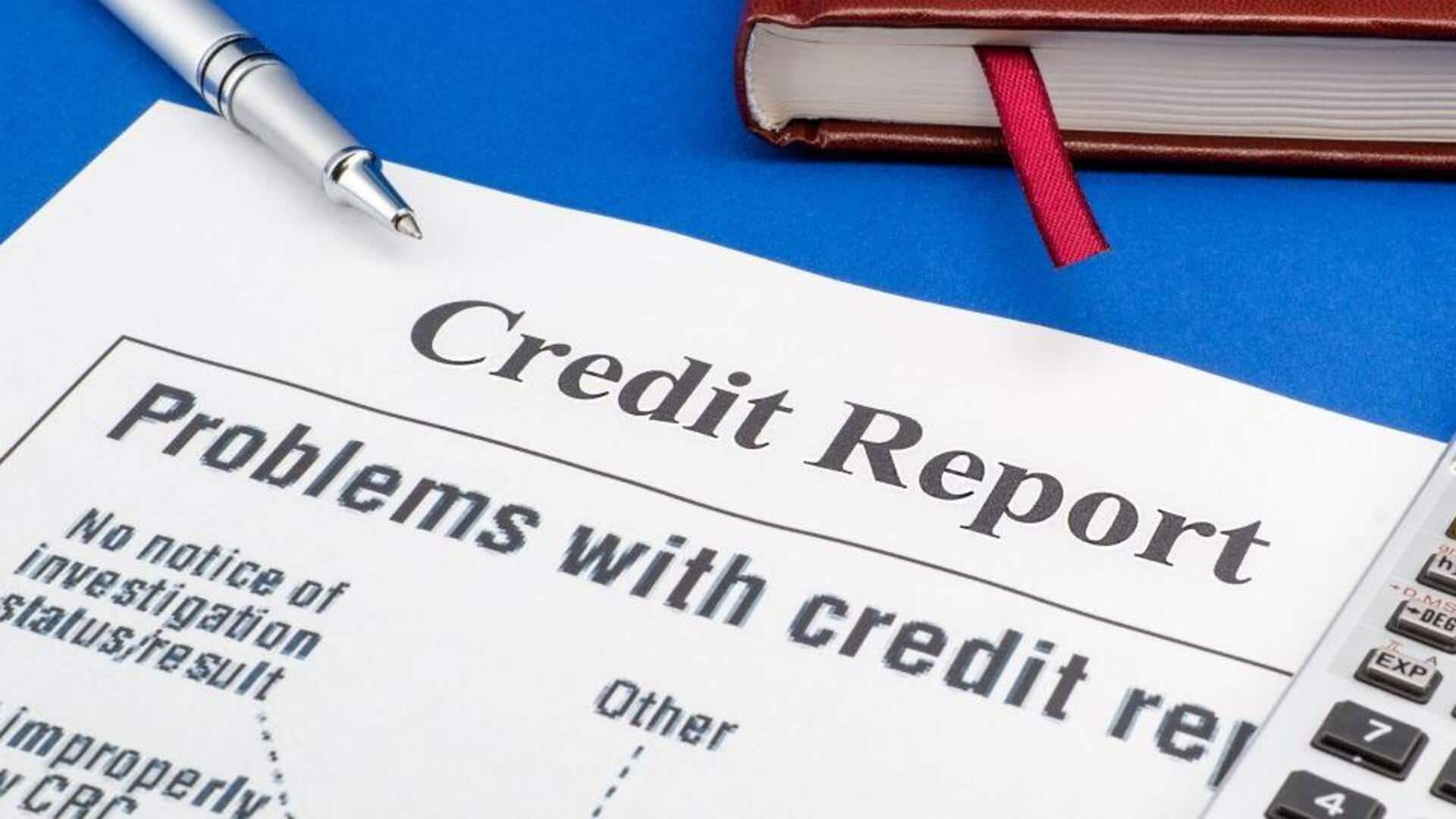
What are charge-offs and how they impact your credit score
What's the story
A charge-off is one of the most severe entries on a credit report, indicating that an individual has defaulted on loan repayments. The entry can have a major impact on future borrowing potential and remains on credit reports for seven years. It lowers an individual's credibility and creditworthiness significantly, making it difficult to obtain personal loans, home loans, or credit cards in the future.
Definition
What is a charge-off?
A charge-off happens when a lender writes off an account after six months or more of missed payments. It doesn't mean debt forgiveness; you still owe the amount. Lenders may continue collections or sell the debt to third-party collectors. A "credit card write-off" is a specific type of charge-off for unpaid credit card balances, further complicating financial situations for borrowers.
Credit impact
Impact of charge-offs on credit scores
Charge-offs can significantly lower your credit score as payment history is a major factor in scoring models. Lenders consider charge-offs as a warning sign of high-risk borrowing, making it hard to secure new credit cards, personal loans, or home loans. Even secured lines of credit may come with higher interest rates and less flexible repayment terms due to the presence of a charge-off on your record.
Duration
How long do charge-offs remain on reports?
Charge-offs typically stay on your credit report for seven years, starting from the first missed payment that led to default. Even if you pay off the debt later, the initial entry won't be completely removed from your credit profile. However, it might be updated as 'paid' or 'settled.' The only way to remove a charge-off before its time is if it was factually inaccurate in the first place.
Removal process
How to remove inaccurate charge-offs
To remove an inaccurate charge-off, you can dispute wrong dates, amounts, or even accounts with the bureau. These challenges can be followed up with 'complaint numbers' offered to individuals who raise the disputes with their respective credit bureaus. In some cases, lenders may agree to remove or reclassify after settlement but success isn't guaranteed. Following predetermined guidelines is essential in such cases for effective communication and resolution.